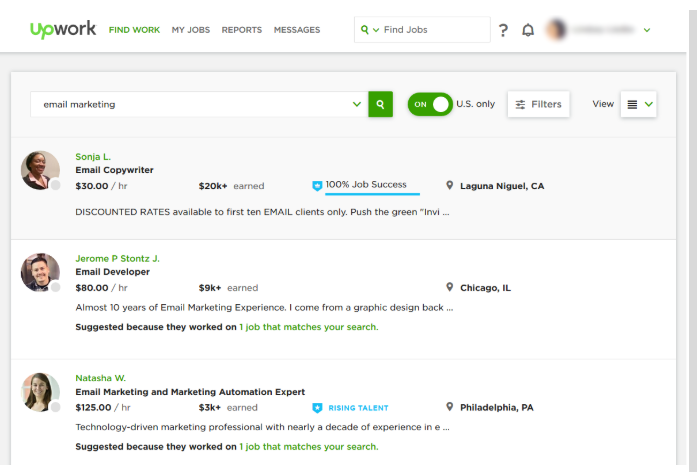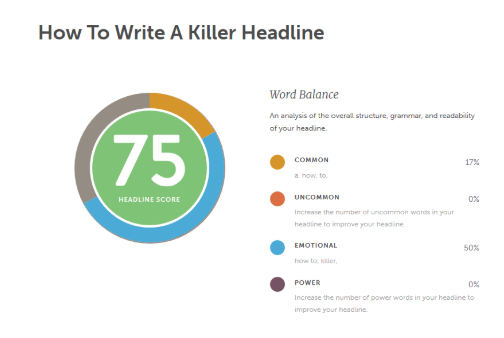Everyone in the eCommerce industry is out to make money.
Sure, providing valuable content to loyal followers, building strong relationships with new prospects, and establishing a reliable reputation are all important.
But let’s be honest: Your goal is to generate profit.
Creating a positive cash flow with your online store has the potential to get harder every year.
The cost of living for customers continues to rise which negatively affects spending, wholesalers hike their baseline processes to make up the difference, and small businesses feel the squeeze.
That’s why getting a handle on your costs for running your ecommerce website is more important than ever.
Today we’re going to share with you ways to reduce eCommerce expenses, improve your bottom line, and continue to thrive, no matter what the market (or your competition) is doing.
1. Launch a Shopify Dropshipping Store
If you’re a new online shop owner, or just one looking for an easier and more cost-effective way to sell goods, look into launching a Shopify dropshipping store.
Dropshipper is a business model that lets online shop owners sells products to customers, without having to carry physical inventory of their products.
Instead, you process orders from customers on your website, reach out to the supplier with the order request, and let them ship the products right to your customer.
Dropshipping has the potential to save you lots of money in the eCommerce world because:
- It’s simple to set up and manage – usually all it takes is creating a simple eCommerce website.
- There is no significant upfront investment required, so you save your money from the beginning.
- You don’t need to pay for storing inventory in a warehouse since your suppliers handle that for you.
- Using a platform like Shopify is relatively inexpensive and all-inclusive, meaning, you don’t have to shell out that much money.
- You never run into excess inventory, since you only provide customers what they buy.
If you’re interested in launching a dropshipping store, but don’t want the added hassle of running your own store, even on a platform such as Shopify, look into Amazon or eBay.
2. Let Go of Some of Your Staff (If Necessary)
Unless you run your eCommerce shop solo, chances are you’re spending a lot to employ the team you have helping you.
And, while this can be very helpful, if you look hard enough, you probably have some extra time somewhere that you can invest in doing the job of someone you pay.
Letting people go can be tough. That’s why you should take a step back and look at how your eCommerce shop fares throughout the year and make some changes:
- If you have slow periods, consider hiring seasonal employees to help you with the busy times, and save your money during the slow months.
- Utilize family members whenever you can – your spouse is probably more than happy to help you, especially if it means saving some cold hard cash.
- Hire entry-level people so you can cut costs, still get work done, and they can benefit from learning the ropes.
Some of the best places to find entry-level employees, whether you want them to work for you in-person or remotely, include Freelancer.com, Zirtual, and Upwork.

With these outsourcing platforms, you can hire for recurring work, short-term tasks, and even full-time positions if needed.
Wade through people’s skills and experience, choose to interview those within your budget, and save yourself some money all at the same time.
3. Only Offer Popular Payment Types
You’ve probably heard that to grow your business and reach a broader audience, you should aim to offer as many different payment options as possible.
The problem is, for every new payment processor you add to your eCommerce shop, another fee gets added to your list of expenses.
If you’re looking to cut costs and save a little dough, do some research and find out which payment options are the most popular among your customers.
You might find that your customers enjoy payment gateways such as:
- Amazon Payments
- Authorize.net
- 2CheckOut
- Stripe
- Skrill
And of course, PayPal, which happens to take most major credit cards (MasterCard, Visa, and American Express).
This is great because PayPal is not only secure, it comes with many eCommerce platforms such as the popular WooCommerce platform that works seamlessly with WordPress websites.

To top it off, PayPal only charges merchants a percentage of transaction fees. It doesn’t require a setup fee and doesn’t charge gateway fees or monthly charges, which is very cost efficient.
If after your research you find a payment option that’s rarely used, consider removing it to save on the monthly processing fees.
Since most people have more than one credit card, the user experience shouldn’t be disrupted too much.
4. Watch Marketing Expenditure
Experts suggest that most small businesses allocate approximately 7-12% of their total annual revenue on marketing their business.
And while marketing is one of the most important ways to drive traffic to your eCommerce shop, boost conversions, and generate more sales, it can eat at your profits quickly.
Promoting your online shop does not have to be expensive. In fact, there are plenty of cost-effective (or dare we say free!) ways to market your business without breaking the bank:
- Create a standout website that targets keywords, loads quickly, and is easy to navigate.
- Build a strong presence on social media by interacting with followers and posting consistently.
- Attend local meetup groups where you can educate people about what you do and encourage them to check you out.
- Attract new customers by offering exclusive coupons or deals (after all, most people will go out of their way to use a good coupon).
- Ask satisfied customers for reviews and testimonials that can add social proof to your website (and even offer them a reward in return, such as free merchandise or credit to your shop).
Lastly, utilize a cost-effective email marketing service such as MailChimp to promote your company to those that subscribe to your email list.
Not only is MailChimp free for up to 2,000 subscribers, but it’s also an easy platform to leverage when you want to send out email campaigns promoting your brand.

Create newsletters for subscribers sharing new products and services, exclusive sales, and even industry-specific news.
Just don’t forget to add a strong call to action to every email campaign encouraging people to come back to your eCommerce shop and make a purchase.
Final Thoughts
And there you have it! Some of the best ways to cut costs and save on your outgoing expenses when you own an eCommerce shop.
Whether you’re looking to stay on a strict budget, or simply turn more of a profit, these tips can save you loads of money if you approach it in the right way.
Remember that you don’t necessarily need to expend a lot of money to grow a loyal following, build a successful brand, and generate lots of revenue.
You just need a trustworthy company that people come to know and love, so they think of you every time they need to buy whatever you have for sale.
Related Posts
Jimmy Rodela is a Freelance Writer and a Content Marketer. He is the Founder of the Guild of Bloggers.
He is a contributor on websites with millions of monthly traffic like Yahoo.com, Business.com, Monster.com, Business2Community and SocialMediaToday.com.
Follow him on: Linkedin, Twitter, Facebook, Google +,Read more about me







